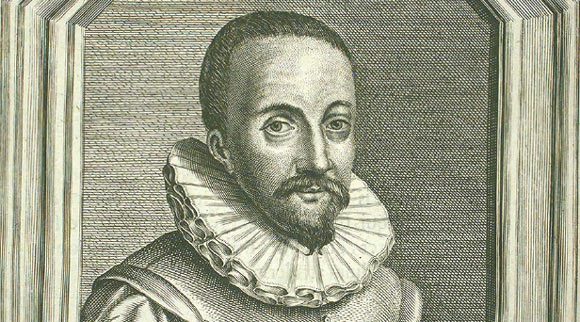
A telescope is one of the most important pieces of equipment that any budding astronomer needs. Most come with a stand that you can set up in your backyard or bedroom to view the stars and constellations in the sky. There are also handheld models that you can take outside on camping trips and other vacations to look at the stars. Though some think that Gallelio was the inventor of the telescope, the history of these devices dates back even further. You can find out who invented the telescope and how it changed over the years in the following article.
Before the Telescope
Early telescopes shared much in common with the eyeglasses that people wore. These lenses were different from the ones used today. They didn’t have a polished finish and featured imperfections that kept the glass from appearing clear. Towards the end of the 16th century and the beginning of the 17th century, glassmakers learned how to cut glass into different shapes and sizes and polished the glass to create instruments with better clarity and visibility. Many regard Hans Lippershey as the father of the telescope. This glass maker worked in the Netherlands and learned how to create new types of lenses.
Who Invented The Telescope? – Hans Lippershey
Lippershey created one of the first telescopes used in the world. His telescope featured a mask that adjusted the amount of natural light that could enter the lens. He found that adjusting the light kept the image he saw through the glass as clear as possible but that the area around the lens remained dark and dim. This allowed him to focus on specific objects. During a meeting with Prince Maurice of Nassau, Lippershey realized that others would find his invention appealing and filed a patent to register the device.
What About Galileo?
Galileo is often credited with inventing the telescope because he was one of the first people to use the device regularly. Lippershey sold his telescopes to others and saw as people across Europe began using them. Some historians believe that Galileo purchased one of these telescopes on a trip to Paris. Galileo was the first to realize that the telescope was useful for observing the sky. He made some changes to the device that made it look similar to those used today. After Thomas Harriet found a way to create a telescope with six times magnification, Galileo released one with an eight times magnification.
Early Telescopes and Common Problems
Most of the early telescopes had a similar design and shard some of the same problems and issues. They had a tube made from wood, metal or paper and lenses placed on the end. Some had several lenses and featured multiple cylinders that users could rotate to adjust the focus. Some telescopes had mirrored lenses inside too. The main problem with those telescopes was that they had a short-range. Even adjusting the lens would not bring objects into focus. Most of these telescopes also prevented users from seeing a full range of colors.
Telescopio
Galileo and others called early telescopes a “telescopio”. Records show this word first used during the early part of the 17th century. Frederico Cesi wrote a letter to Galileo dated 1611 that used this term. Sometime around 1650, scientists began referring to the devices as telescopes.
How Telescopes Changed the World
It’s hard to imagine the scientific world today without the invention of telescopes. Early men used telescopes to prove that Copernicus was correct when he claimed that the sun was at the center of the universe. Galileo used a telescope to prove this theory was right. He would also use a telescope to find the moons revolving around Jupiter, which he called satellites. Astronomers use the same term today to describe objects near a planet such as the rings around Saturn.
Using Your Telescope
No matter what type of telescope you use today, you use a piece of history. If not for Lippershey and other early inventors, the telescope may never have existed. They used their experience with glass making to produce lenses similar to those found in telescopes today. You can use one to see shooting stars, constellations and other objects such as satellites in the sky.